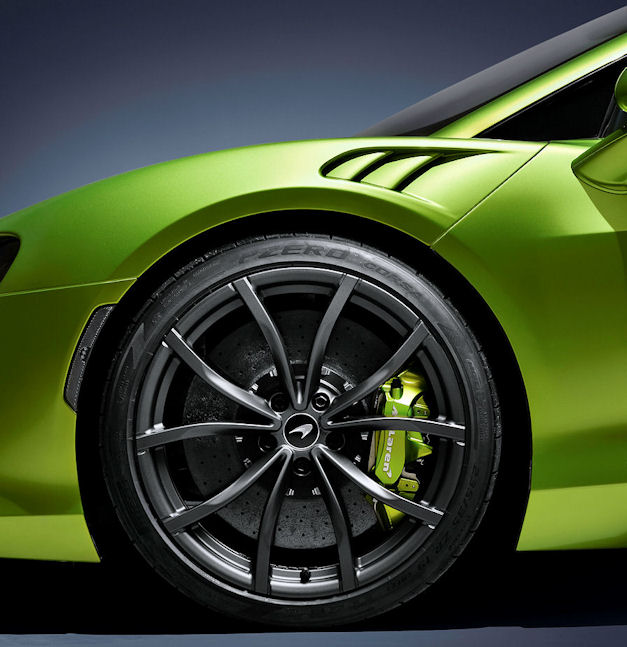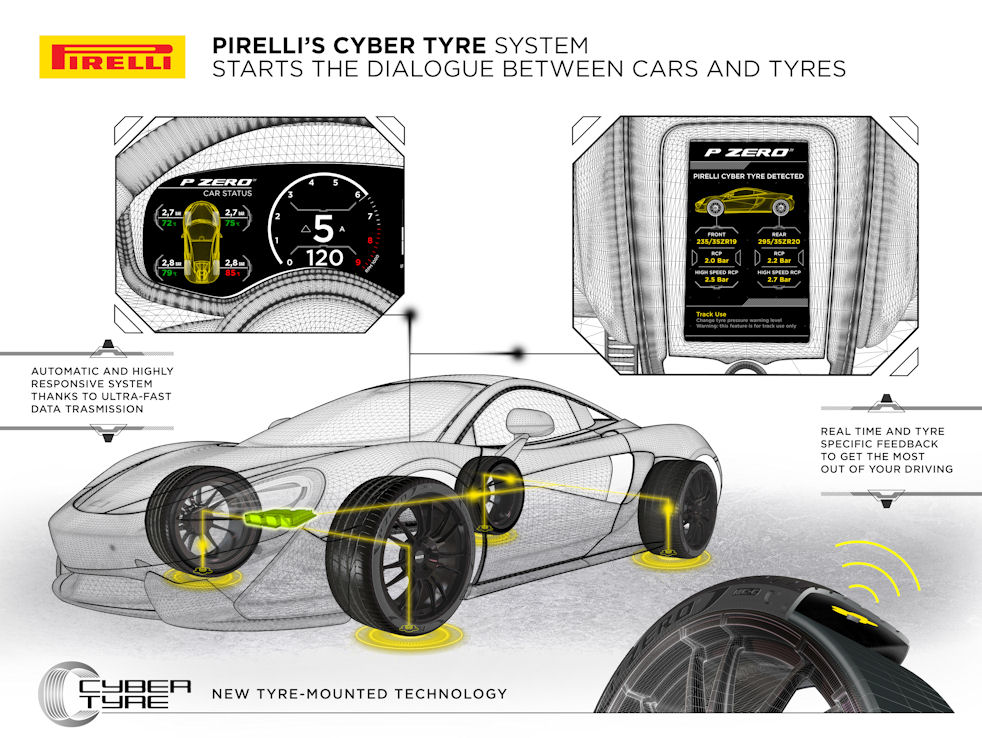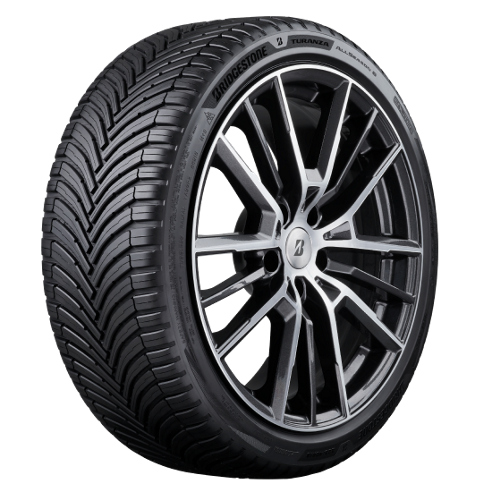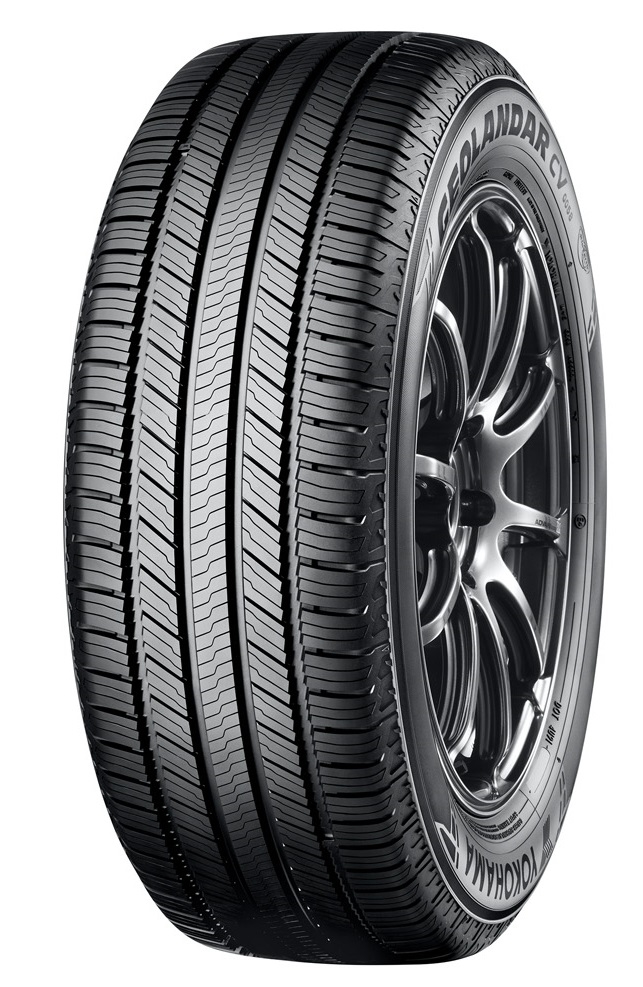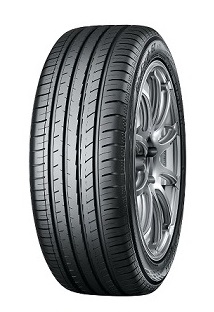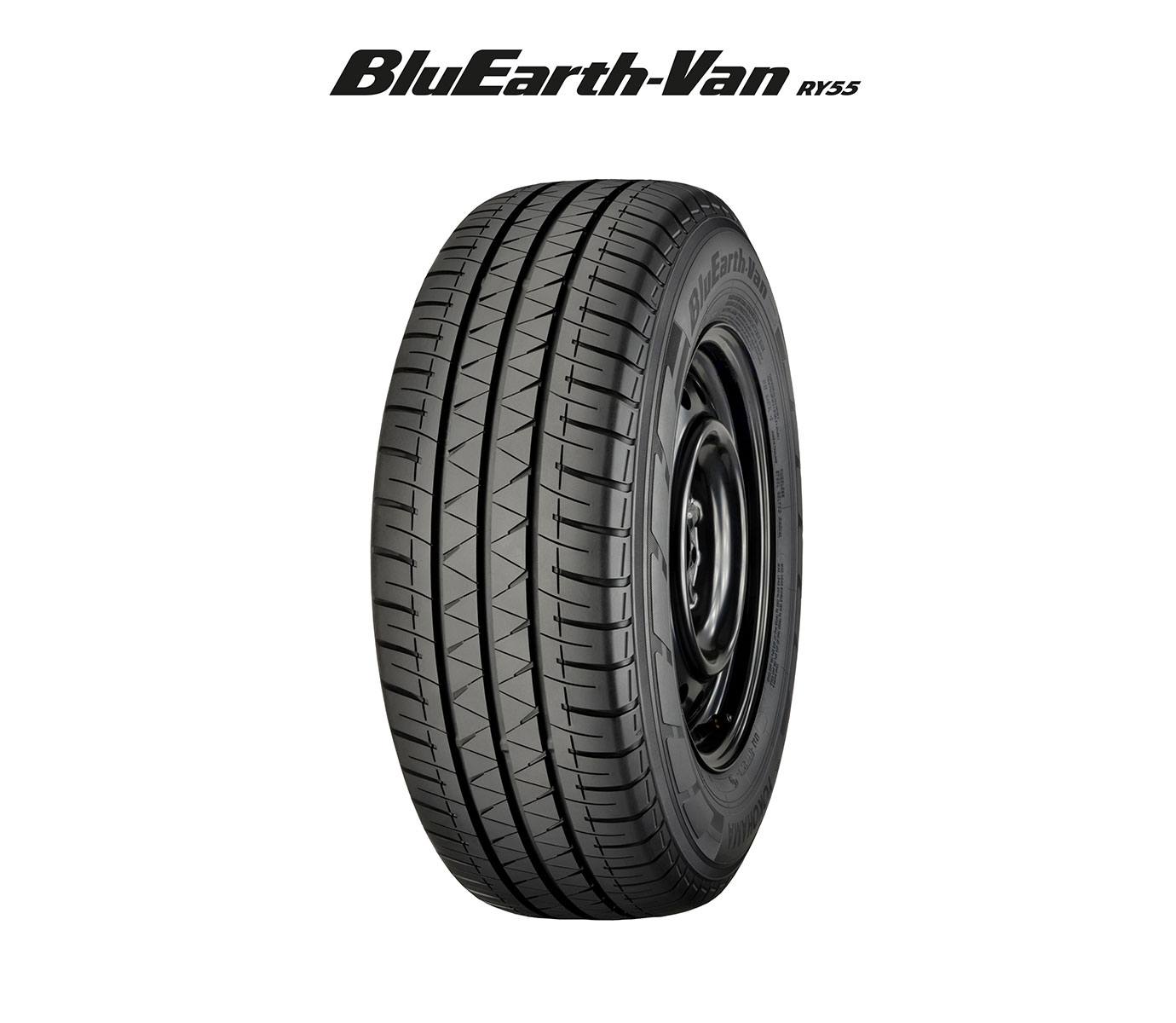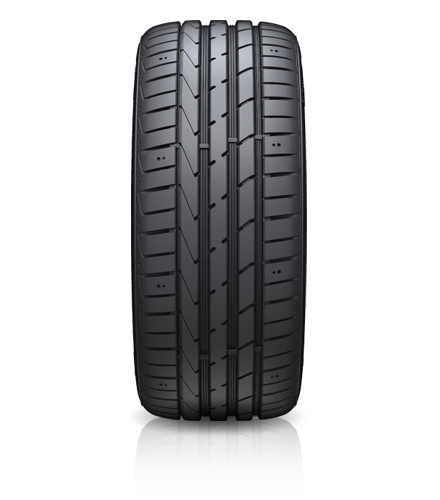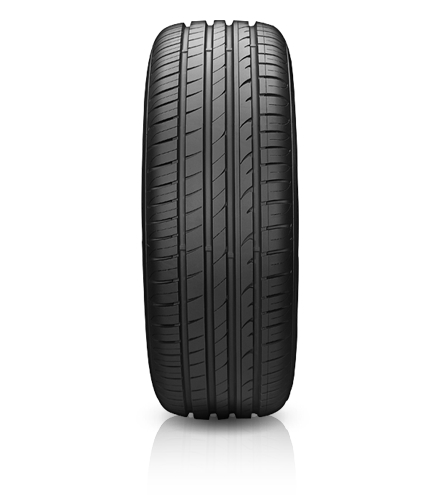Pirelli claims a world first with its original equipment tyre supply to the new McLaren Artura hybrid supercar. The Italian firm isn’t shipping any old bespoke P Zero tyres, rather tyres that will ‘talk’ to the Artura via Pirelli’s Cyber Tyre system. Each of the 235/35Z R19 front and 295/35 R20 rear tyres contain a sensor that loquaciously provides vital data to the car’s onboard computer.
Cyber Tyre technology offers a plethora of information to the car and driver: The tyre’s ‘passport’ – the type of tyre, whether it is a winter or summer fitment, prescribed pressure, load index and speed rating – as well as real-time running information, such as temperature and pressure.
Information such as temperature and pressure, which is constantly monitored and transmitted in real-time, is vital to safety. Cyber Tyre delivers this information with greater precision than traditional valve-mounted sensors as each transmitting sensor is in direct contact with the actual tyre rather than the wheel rim. Pirelli-created software is integrated into the car’s electronics, and this software processes the data that the sensors supply. Some of this information is presented on the dashboard and central displays, while the car’s electronics utilise other information to calibrate the driver alert systems based on the exact characteristics of the tyres and their status.
For example, a car equipped with Pirelli’s Cyber Tyre system can alert a driver that they need to check tyre pressure in order to continue driving safely. Alternatively, when changing from summer to winter tyres, which often carry a different speed rating, the car alerts the driver when the maximum speed for that tyre has been reached. The system’s specific functionality is chosen and defined by the manufacturers adopting them for each model.
Functions adapted for track use
In the case of the McLaren, some of these functions have been specifically selected for track use. For example, Pirelli Cyber Tyre allows the driver to adapt tyre pressures to obtain better performance on track based on their individual driving style. As a result, the alerts that each driver receives are altered too. The system can also notify drivers when the tyres reach optimal temperature, allowing them to access the correct window to extract the maximum possible performance out of the car-tyre package. It can also tell drivers when to cool their tyres again – just as if a race engineer was sitting in the passenger seat.
Track-oriented & winter options
The tyres that the engineering teams from Pirelli and McLaren jointly developed have an asymmetric tread pattern. Pirelli says this configuration provides excellent braking performance to guarantee control of the car under all conditions, particularly in the wet.
The tyre maker also offers Artura drivers the option of P Zero Corsa tyres, which are developed for track and road use and contain a compound derived from Pirelli’s motorsport experience. Pirelli’s winter fitment for the McLaren Artura is a P Zero with a compound and tread pattern design that “guarantees performance similar to the P Zero summer tyre.”
All three of these tyres for the McLaren Artura are distinguishable by their MC-C sidewall markings, which indicates their status as original equipment tyre for McLaren that utilise Cyber Tyre technology.
Tyres to be increasingly networked
Pirelli states that Cyber Tyre represents “the future of tyres” in that the system is “capable of giving cars a sense of touch by allowing them to identify or predict potentially hazardous situations such as loss of grip and aquaplaning, which means that the car’s electronics can promptly intervene.”
The next step will be tyres connected to a network with other vehicles and the surrounding infrastructure. Back in November 2019, Pirelli was the first tyre company in the world to share information relating to road surfaces over the 5G network, thanks to sensor-equipped intelligent tyres. This was presented at the ‘world-first 5G enhanced ADAS (Advanced Driver Assistance Systems) services’ showcase event in Turin.
These systems are constantly evolving, in the same way that autonomous driving systems are also becoming more and more advanced. The jobs currently in the driver’s remit – assessing the level of grip provided by the road surface and weather conditions – will be increasingly handed over to the tyres, meaning that the car will automatically slow down when conditions become slippery, with driver aids activated to increase safety. As connectivity between vehicles comes online, a car will be able to advise other driverless cars about an imminent potential hazard.

